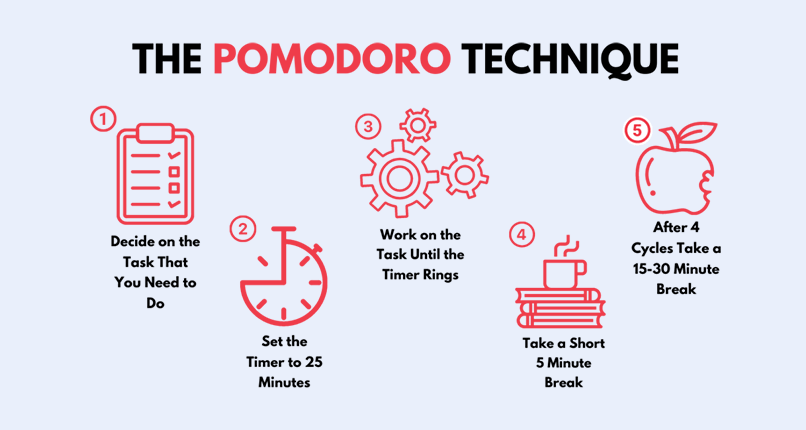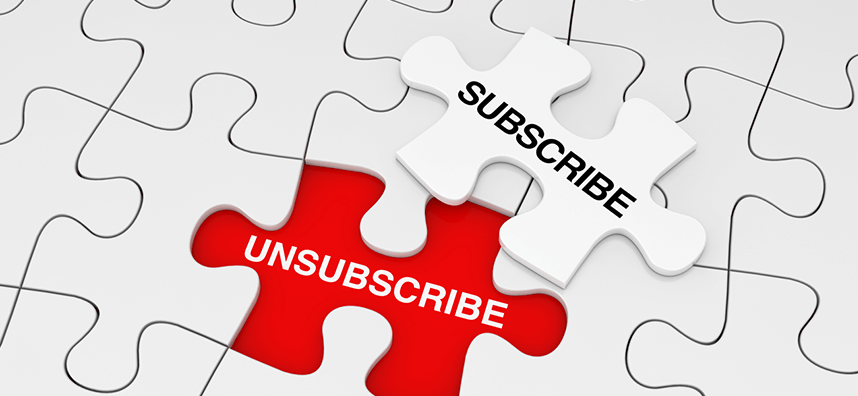Barriers to effective collaboration will arise over the course of a project, and planning for them is essential in successfully overcoming them—while creating a stronger team at the same time!
We’ve talked about how to effectively collaborate in the workplace before, but you also need to know how to plan for the barriers of collaborative working so you and your team can find success at every turn.
8 Barriers Of Collaborative Working & Planning For Success
Here are the 8 most detrimental barriers collaborative teams face and how to effectively overcome them.
1. Communication
Communication is the backbone of any collaborative environment. Teams are only able to function as well as they are able to communicate with one another.
There is one thing that is often overlooked when you think of communication, and it can have a major impact on how the team responds both as a whole, and individually. Communication is more than just what you say to your colleagues. It’s also how you speak to one another. How will you manage communications? Will you meet via conferences or send each other emails? Will you be leaving comments on shared documents and tasks, or will you be making the changes directly to influence the flow of the work? How will communication vary for those working remotely compared to those working from a shared office space?
The Plan
When your team comes together to create the outline for the project, like roles, responsibilities, and expectations, include an area to define the standard for team communication throughout the lifetime of the project. This will help you (and your team) find success while also making communication easier and minimizing any stress felt throughout the team as a whole.
By clearly agreeing on how you will communicate with your colleagues and adding it to the project outline, you will not only ensure everyone is approaching it the same way, but it also gives you something concrete to reference in the future if effective communication begins to diminish at any point during the project timeline.

2. Role Confusion
No matter the size of the team, having clearly defined roles is an essential aspect of team collaboration. Each member of the team must know what their expectations are—which should be tailored to the skills they bring to the group. When roles are not defined in clear terms for each member to understand and agree to, it creates an atmosphere where tasks begin overlapping to the detriment of the flow of the project.
The Plan
Before the project begins, meet as a team and document each member’s specific role and expectation, and make it easily accessible to all team members throughout the lifetime of the project.
When determining role allocation, allow each person to be involved in the decision-making process and in the expectations they are having assigned to them. When people have been provided some control over their tasks, they become more closely aligned with them, often resulting in a higher caliber of work being completed.
3. Skillset
When designing your team, choose team members that have different and complementary skill sets. When the members of your team have skills that are too alike, the group will be at a disadvantage compared to a more well-rounded team, and the project will suffer because of it. When you’re lacking various skill sets, members will begin feeling more stressed as they are having to work outside of their strengths and improvise when problems arise. This often leads to an underwhelming final product, as well as lower employee morale.
The Plan
When designing your team, consider the skills of each individual, and use that to create a team that is balanced and able to meet the full range of demands of the project. Often, when teams are created through this lens, you’ll discover an increase in skill development in the team as a whole, as each person grows their weaker skills by the examples set from the members that are stronger in those areas. This will not only allow for a wider variety of pairings for future projects but also create a more skilled workplace altogether.

4. Diversity
Diversity brings multiple perspectives and mindsets to a team. If a team is lacking diversity, it becomes one-dimensional. When your collaborative team has similar outlooks and mindsets, a disconnect begins to form between the needs of the project and the diversification of your team, creating a final project that fails to identify with a variety of people.
The Plan
When considering how to structure your team, look for colleagues that have varying levels of expertise and a wide range of diversity to bring together multiple perspectives, skills, and mindsets. By diversifying your team, you will create a project that will appeal to a variety of people and find higher rates of success, because it was created in a way that accounted for a wide array of personalities and perspectives.
5. Work Ethic
Everyone will have varying levels of work ethic and collaboration can become toxic for the team as a whole when each member is not working to their expected capacity, especially if it begins affecting the project as a whole. When one or more people on a team are failing to put in the work needed, and are causing others to have to work harder to meet the project expectations, it increases stress within the workplace and decreases the effectiveness of the team.
The Plan
When you develop your team, consider how each person has performed individually in the past. Look at the quality of past projects, previous deadlines and if any were missed, yearly reviews, their standing amongst their colleagues, and most importantly, their likelihood of aligning with the goals of your project. This will help each person on the team to be more focused on creating a final project that exceeds expectations and allow you to hold members accountable for their roles in previous work.

6. Scheduling
Finding a time that works for everyone on your team to meet and work through finer aspects of the project can be a challenge, especially as remote work is on the rise. You now have to schedule not only around the daily routines of multiple people but in some cases, even around time zones. This can lead to missed deadlines and the flow of the project being thrown off due to the lack of communication and failure to connect throughout the lifecycle of the project.
The Plan
When forming your team, consider ways you can make communication easy without restricting it to specific timelines. Work on a document collaboratively where you can leave comments to other team members, or highlight concerns. Take a record of all parties availability for virtual meetings, and set one meeting a month (or an interval that works best for the needs of your project), and keep it steady, so it becomes easy for each member to plan around and include in their upcoming schedules. Record the meetings for members to go back and review, or for those who are unable to attend, so they can still access them and make any necessary adjustments or reach out to the team leader if they require clarification. Adding these into your collaborative plan will help alleviate any scheduling difficulties and ensure each member is always kept up to date.
7. Leadership
Leadership plays an essential role in any team atmosphere by managing and supporting each member, responding to outside factors influencing the project, and setting the tone of the workplace as a whole.
When leadership is lacking, collaboration quickly deteriorates as members begin feeling unsupported, lacking guidance, or even feeling isolated. This can make project completion difficult and can reduce employee morale. It can even create competition between your team members if they are seeking to gain recognition above others.
The Plan
Allow each team member to have an impact on the decisions being made while guiding the entire course of the project. You will set the tone for your entire team, both in how they treat one another, and how they complete their tasks. Maintain respect for each of your colleagues, and ensure they feel comfortable coming to you when they need your assistance or guidance. Guiding the project is important, but supporting your team and ensuring they can find success is equally as important to the outcome of the project and the morale of your team.
8. Environment
Organization in the workplace creates optimal success, productivity, and efficiency. A workspace is inherently unique to the person designing it. When working collaboratively you’re not only sharing a workspace but also working expectations (and habits).
For example, maybe you thrive in an office space that allows for untapped access to other colleagues, while someone else may work best when they have time apart from the group in a distraction-free atmosphere where they can focus deeply on their tasks. These are aspects that may come into play while working collaboratively, or in a workplace as a whole, and can wreak havoc if not addressed and planned for.
The Plan
Whether it’s for a specific team or the entire workplace, find ways to create an environment that encourages everyone to thrive. Consider each individual’s needs and plan for how those can be respected within the environment.
If someone needs uninterrupted time to focus, create a way for them to meet that need, whether it’s an expectation that people schedule uninterrupted time on a shared calendar (for teams), or assign specific spaces throughout the office that are off-limits for conversations and are focused on quiet, individual work. If some people work better by brainstorming and working closely together throughout the entire process, assign a space where open communication is prioritized, like a variety of available collaboration rooms.
Let everyone’s voice be heard and plan as a team, whether it’s company-wide via a survey or team-specific during a small meeting. When everyone feels they have taken part in the decisions, your team will work much more cohesively and produce higher qualities of work.

How To Overcome Barriers to Effective Collaboration
The collaborative nature of teams leaves room for some dysfunction, but it does not have to be that way.
Consider the size of the team. The more people that are on a team increases the complexity of coordination and communication, leading to decisions that require more information, meetings that are increasingly difficult to accommodate everyone’s schedule, and tasks can take longer to complete with more opinions to consider.
Avoid groupthink. This is when people feel uncomfortable speaking up when it is different from the group consensus. While it may seem ‘easier’ to avoid conflict, groupthink actually limits creativity and can lead to poor decisions. This can happen in groups of any size (large or small). Prioritize making the best decision, even if that means suggesting a different direction.
Create trust with confidence. Effective collaboration requires trust to be able to communicate well and understand the other members on the team. When team members work well together, shared goals are achieved efficiently and effectively.
Conclusion
When you plan for the potential barriers your collaborative team may face, you are creating an atmosphere where you and your team can easily navigate the obstacles that arise and can work together in a respectful and powerful way, leading to higher success rates!
























































